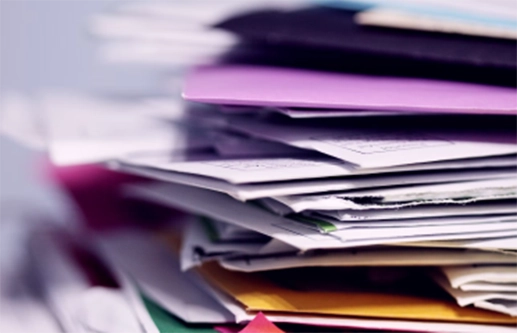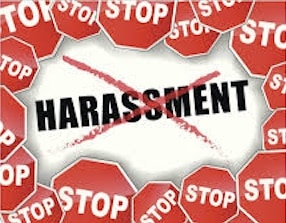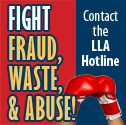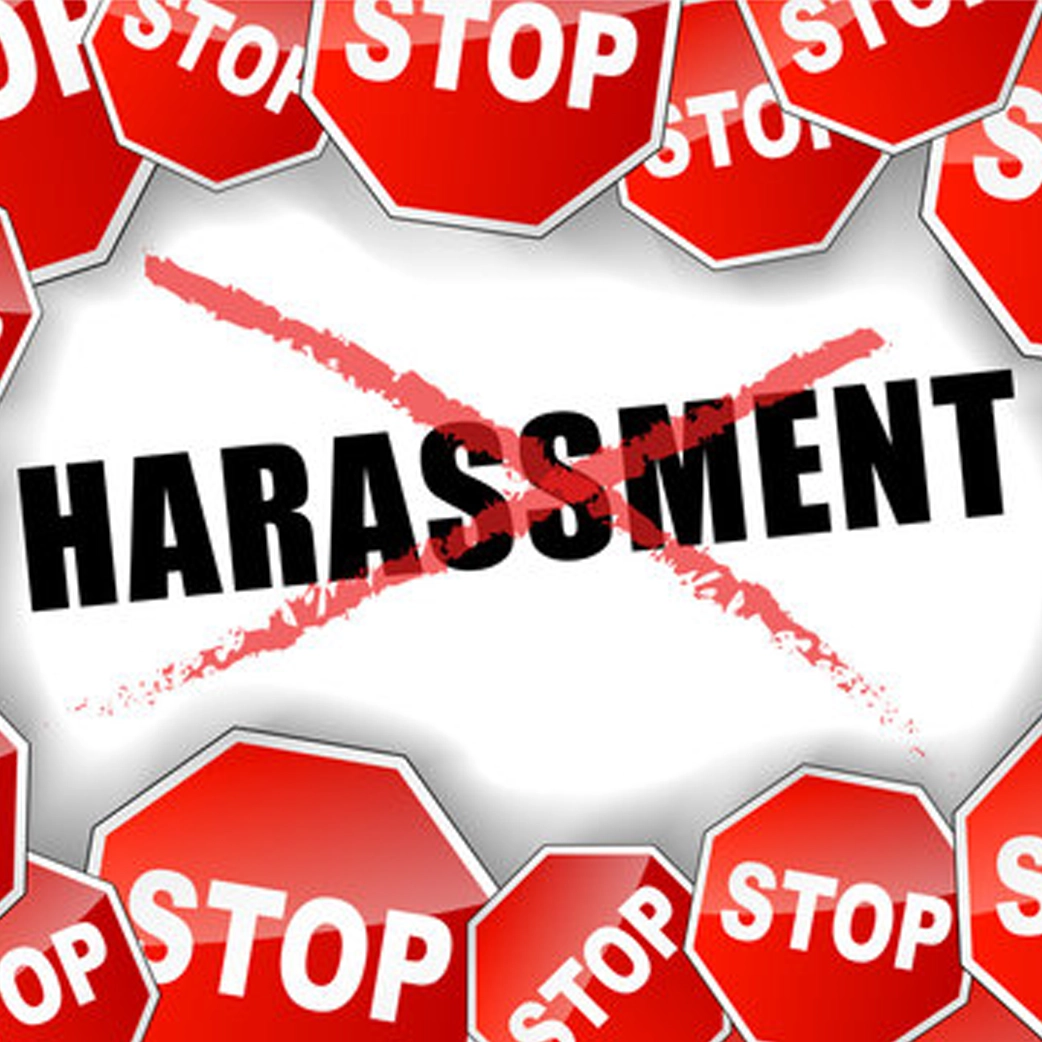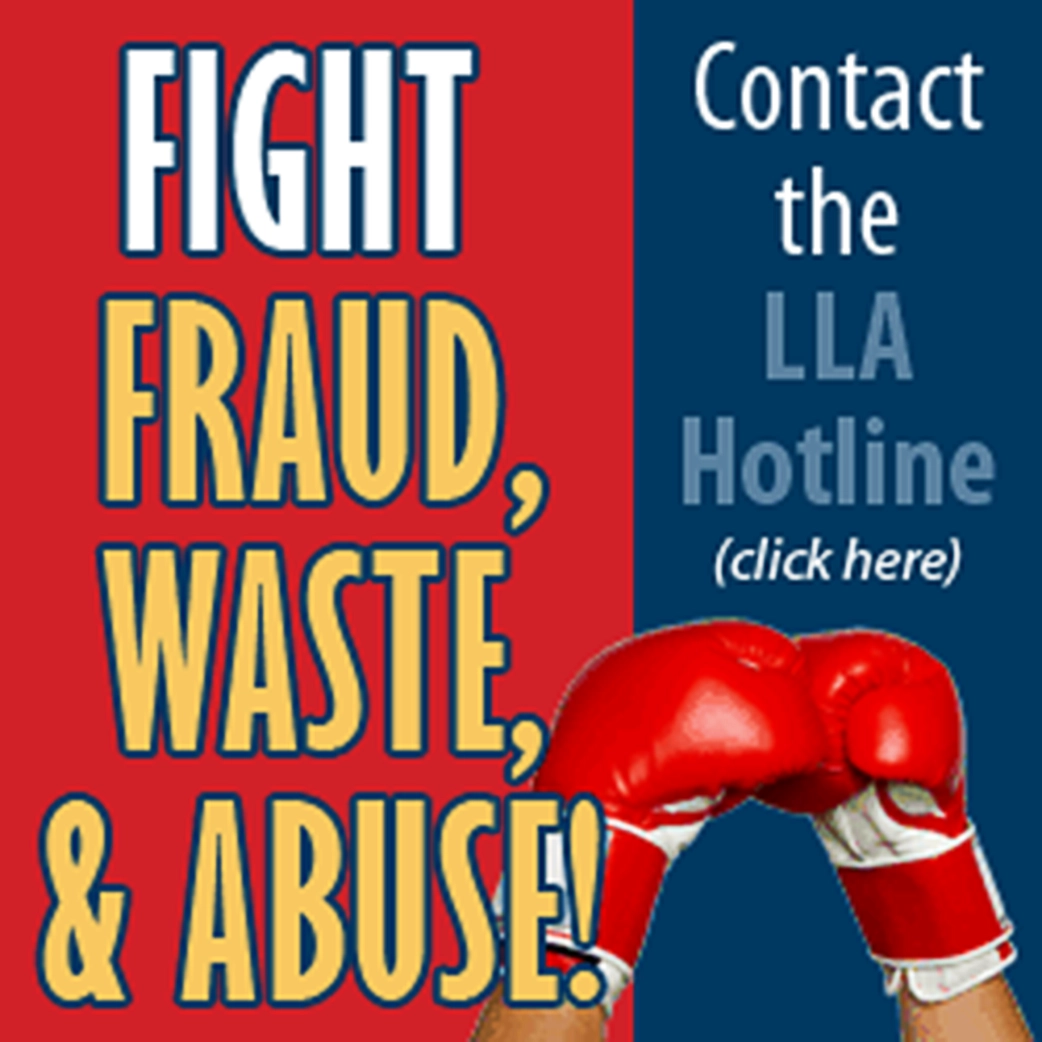The OEM has their own parish-wide emergency plans in place and keeps them up-to-date. They will even review the emergency plans for your businesses. The OEM is also in charge of running the Emergency Operations Center (EOC)
The EOC gives businesses one central place to call in the event of an emergency, offering goods and services to get the community back up and running. They also offer public education on all of this information and more on their web page.


